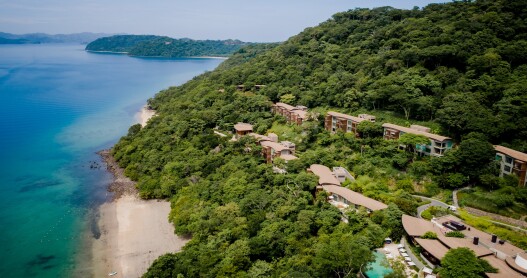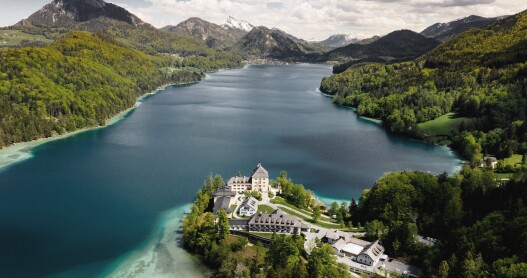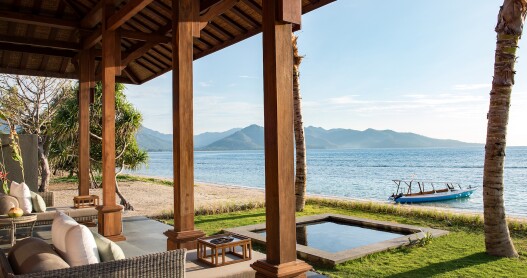Overview
When’s the best time to go to Japan?
Mid-March through April is peak time for Japan’s cherry blossoms. During these months, blossom viewing festivals spread throughout the country—picture picnicking, singing, and drinking beneath trees abundant with pink and white petals. Since the blossoms only bloom for a few weeks, it can be hard to predict the best time to visit. And while the cherry blossoms are worth the attention they receive, the vibrant red maples and yellow ginkgo trees of Japan’s autumn are equally mesmerizing. Fall and spring also happen to be the most temperate times of year, while July and August are sweltering and good times to avoid Japan. Also avoid visiting during Golden Week, a major holiday in Japan from April 29 to May 5, as accommodations book up fast and prices are elevated.
How to get around Japan
Japan’s largest airports are Tokyo’s Narita and Haneda airports and Osaka’s Kansai airport. Japanese trains are some of the best in the world and are the primary mode of transportation within the country. If you plan to explore beyond Tokyo, you’ll want to purchase the JR Pass—a deal only offered to foreigners visiting the country. You can purchase a 7-day, 14-day, or 21-day pass and it must be purchased before coming to Japan. Trains, subways, and buses within Japan’s cities are convenient and punctual. Taxi services are also available and exploring the cities by bike is popular.
Can’t miss things to do in Japan
Tokyo’s Shibuya Crossing—often referenced as the busiest pedestrian intersection in the world—is a surreal experience and, surprisingly, doesn’t feel too touristy. If you’re only going to see one shrine in all Japan, it should be Meiji Jingu, located beside Yoyogi Park in Tokyo. Kyoto’s Kinkakuji, also known as the Golden Pavilion, is especially stunning against Japan’s autumnal red maples. A trip to the country would not be complete without a traditional Japanese hot spring experience. While these onsen can be found throughout the country, the most magical are often tucked away near mountains and volcanoes. If you’re in Tokyo during January, May, or September, get tickets for the grand sumo tournament. The remainder of the year, you can visit a sumo stable and see the wrestlers practice on their home turf.
Food and drink to try in Japan
You could easily plan an entire journey throughout Japan based on food alone. Tokyo has more Michelin-starred restaurants than any other city in the world, and every region of Japan touts its own specific cuisines; Hokkaido’s snow crabs, for example, and Fukuoka’s tonkotsu ramen. Try at least one kaiseki, a traditional multi-course meal that is often served at Japanese inns known as ryokan. Other not-to-miss Japanese dishes include okonomiyaki savory pancakes, yakitori grilled meats (which are best paired with a Japanese lager at a type of bar called an izakaya), wagashi traditional sweets, and the various street foods highlighted in this video:
Culture in Japan
Whether exploring Japan’s metropolises or trekking through the countryside, you’ll be richly rewarded with historical sites and stories. The Japanese are serious about their cultural heritage and artisans—known as shokunin, masters of their craft—are recognized as national treasures. Shinto and Buddhism are the main religions and the country is sprinkled with Buddhist temples and Shinto shrines from throughout Japan’s long history. The Japanese celebrate the seasons and Buddhist and Shinto holidays with festivals throughout the year. On Ganjitsu, New Year’s Day, the locals head to temples and shrines to pray for the new year. The Ohanami (flower viewing) festivities last from late March to mid-April as people celebrate beneath the cherry blossoms with sake and singing. And in mid-May, Tokyoites and tourists pack Asakusa and march through the streets with portable shrines for Sanja Matsuri, one of Tokyo’s liveliest and largest festivals.
For Families
From cultural heritage sites and interactive museums to amusement parks and Zen gardens, families can choose their own Japan adventure. The country offers a combination of culture and entertainment that’s both family-friendly and safe. When the kids need to run wild and free, there are plenty of parks and gardens that provide a break from the bustle of the city. A few not to miss are Kyoto’s Arashiyama bamboo forest and Tokyo’s Shinjuku Gyoen. The Japanese are also lovers of theme parks and Tokyo Disneyland is the countrywide favorite.
Local travel tips for Japan
Due to the sheer size of Japanese cities, one of the most challenging things for non-locals to navigate is the food scene. Here are a few tips: Many top restaurants offer kaiseki multi-course meals at lunch for a fraction of the price of the same meal at dinner. You’ll find large department stores (including Mitsukoshi, Takashimaya, and Matsuzakaya) in all major Japanese cities and these stores usually have underground markets stocked with fresh produce, sushi, prepared foods like seaweed salads and pork buns, traditional Japanese sweets, European chocolates, and plenty of sake and wine.
Guide Editor
Erin Bogar is a writer and editor for a San Francisco–based global design agency. She’s lived in both Nagoya and Tokyo and has a deep passion for Japan and Japanese exports like Haruki Murakami novels, matcha, and Junmai Daiginjo sake.

































